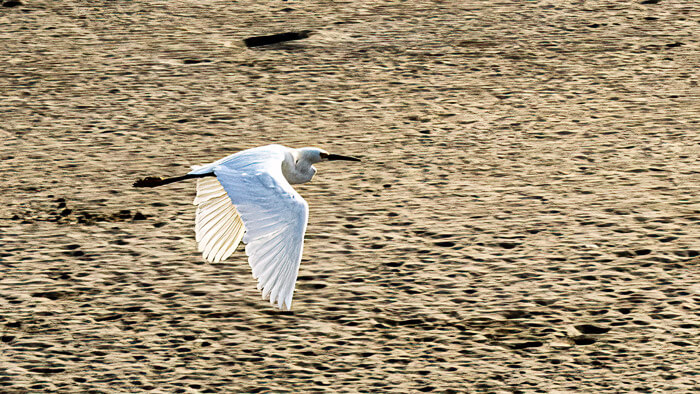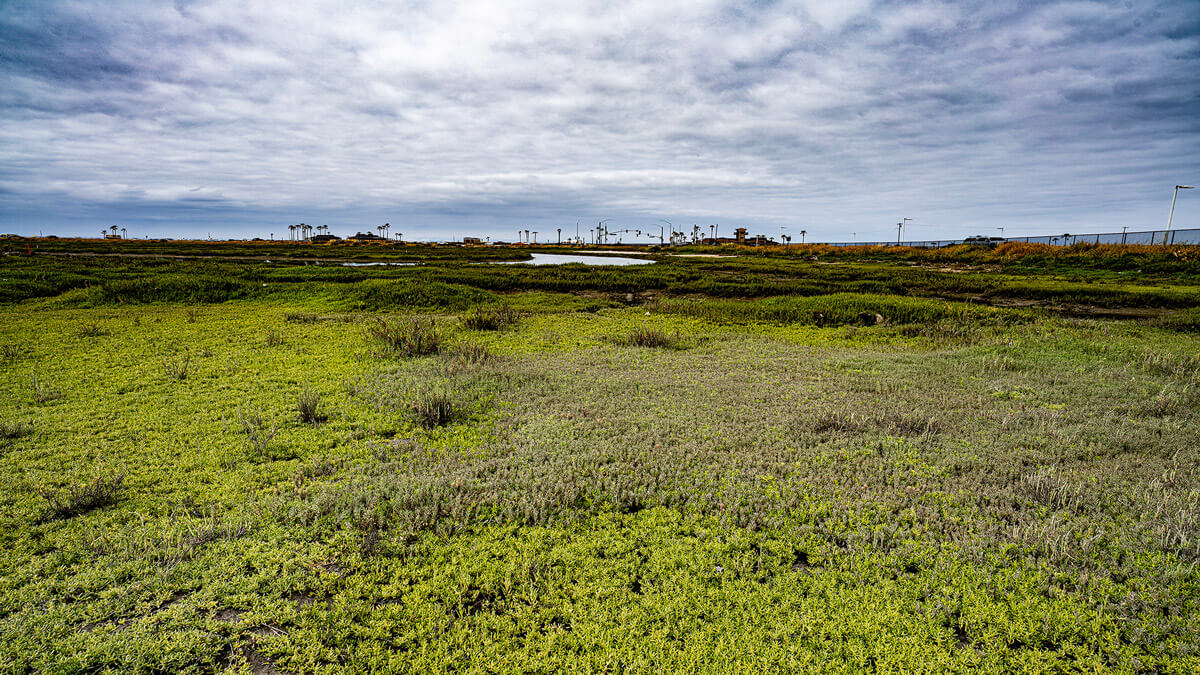About the Wetlands



The Huntington Beach Wetlands Conservancy is constantly maintaining a habitat that will allow the native plants and birds in our community to find a safe and bountiful refuge. To that end, we vigilantly remove non-native plants that are destructive, and conduct regular bird surveys to determine the population of birds that frequent the Wetlands. One of our largest bird counts was in the Spring of 2016, a summary of which can be found below.
The Huntington Beach Wetlands Conservancy participates in the OCSC and IMBC each year. Collecting sightings on birds provides data on the status and distribution of birds in Orange County, the state and the world. Volunteers were given sites to count all the birds they could see and hear on May 15. The data was gathered by our local Sea and Sage Audubon chapter and sent to the eBird’s data base of Cornell University.
“A real-time, online checklist program, eBird has revolutionized the way that the birding community reports and accesses information about birds.
Launched in 2002 by the Cornell Lab of Ornithology and National Audubon Society, eBird provides rich data sources for basic information on bird abundance and distribution at a variety of spatial and temporal scales. eBird’s goal is to maximize the utility and accessibility of the vast numbers of bird observations made each year by recreational and professional bird watchers. It is amassing one of the largest and fastest growing biodiversity data resources in existence. For example, in May 2015, participants reported more than 9.5 million bird observations across the world!
The observations of each participant join those of others in an international network of eBird users. eBird then shares these observations with a global community of educators, land managers, ornithologists, and conservation biologists. In time these data will become the foundation for a better understanding of bird distribution across the western hemisphere and beyond.”
The above excerpt is from the eBird webpage. The organization sponsoring IMBD is Environment for the Americas. They have a very nice website that you may enjoy visiting.
All 4 marshes along with birds seen in the channel have been recorded in eBird for the International Migratory Bird Count. Look below for a summary of our bird counts.
Here is a brief summary of some highlights
TALBERT MARSH
- Bonaparte’s Gull
- Glaucous-winged Gull
- 285 Elegant Terns
- 9 Belding’s Savannah Sparrows- may have been more but they couldn’t hear them with PCH traffic
- 4 Least Terns
Brookhurst Marsh
- Red-breasted Merganser
- Ridgeway’s Rail- with photos
- Least Tern
- 30 Belding’s Savannah Sparrows
Magnolia Marsh
- Herring Gull
- Least Tern
- Long-billed Curlew
- American Kestrel
- Red-tailed Hawk
- 1 Belding’s Savannah Sparrows
Newland Marsh
- Red-winged Blackbird
- 32 Belding’s Savannah Sparrows
Endangered species
- 1 Ridgeway’s Rail
- 21 Least Terns
- 77 Belding’s Savannah Sparrows
There were 160 Least Terns in and flying above and around the beach Least Tern Colony at the Huntington State Beach Preserve.
